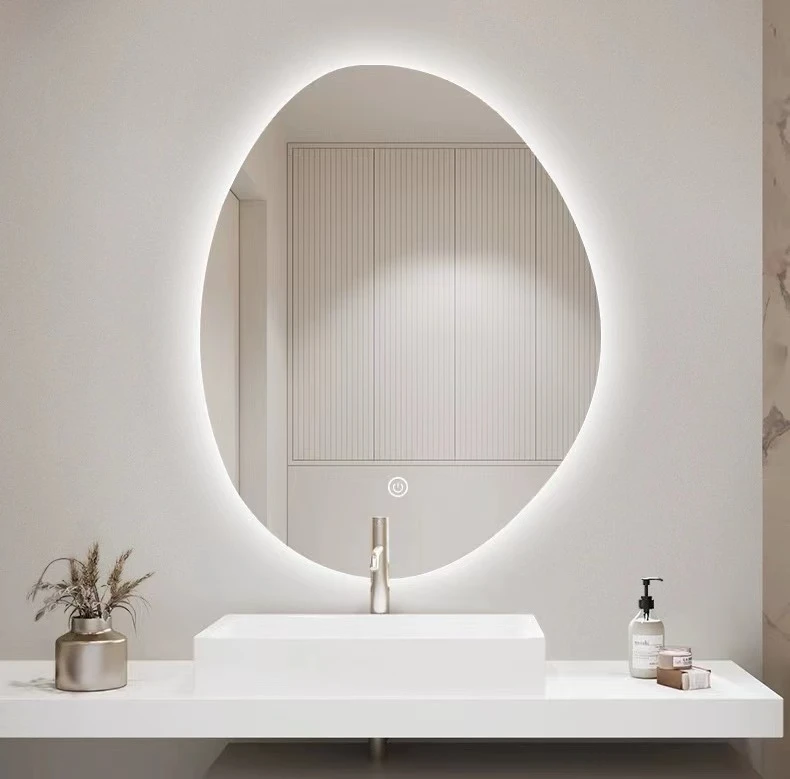

The Enigmatic Allure of Low E Obscure Glass
In a world where design meets functionality, low E obscure glass emerges as a captivating material that blurs the lines between aesthetics and practicality. It serves not just a decorative purpose but also plays a pivotal role in energy efficiency, comfort, and privacy. This article delves into the various aspects of low E obscure glass, exploring its properties, applications, and the intriguing effect it has on architectural environments.
Low E, or low emissivity glass, is coated with a thin layer of metallic oxide that significantly reduces the amount of infrared and ultraviolet light that can enter a building. This coating reflects heat back into the room during colder months while keeping it out during warmer months. The result is a thermally efficient glazing option that reduces energy consumption and enhances indoor comfort. This makes low E obscure glass an attractive choice for eco-conscious builders and homeowners.
The Enigmatic Allure of Low E Obscure Glass
When integrated into contemporary architecture, low E obscure glass provides numerous design opportunities. Its ability to harness natural light while maintaining privacy allows architects to create open spaces that feel airy and inviting without the exposure that traditional clear glass would bring. Furthermore, the low E coating reduces glare, making spaces not only more comfortable but also more functional for various activities, from relaxation to intense work.

One of the most compelling aspects of low E obscure glass is how it interacts with both light and color. The diffusion of light through patterned surfaces can create dynamic shadows and reflections that enhance a room's character. Coupled with the right interior decor, it can transform a mundane living area into a sophisticated and serene environment. During the day, sunlight streams through, casting gentle patterns on walls and floors, while at night, the glass maintains its obscurity, giving the exterior of the home an intriguing glow.
The environmental benefits of low E obscure glass extend beyond just energy efficiency. By replacing traditional single-pane windows with low E options, buildings can significantly reduce their carbon footprint over time. This makes them a popular choice in energy-efficient building practices, contributing to LEED (Leadership in Energy and Environmental Design) certification and other green building standards.
Moreover, low E obscure glass also offers sound insulation properties, making it a practical choice for urban environments where noise pollution can be a concern. The combination of thermal insulation and sound attenuation makes it a versatile solution for homeowners looking to enhance their living environments without compromising on quality or aesthetics.
In conclusion, low E obscure glass exemplifies the art of marrying beauty with functionality. Its unique properties not only elevate the aesthetic appeal of a space but also contribute significantly to energy efficiency and comfort. As the demand for sustainable building materials continues to rise, low E obscure glass stands out as a brilliant choice for architects and designers aiming to create spaces that inspire while being environmentally conscious. The sleek, modern look, combined with its practical advantages, ensures that this enigmatic material will continue to influence design trends for years to come.